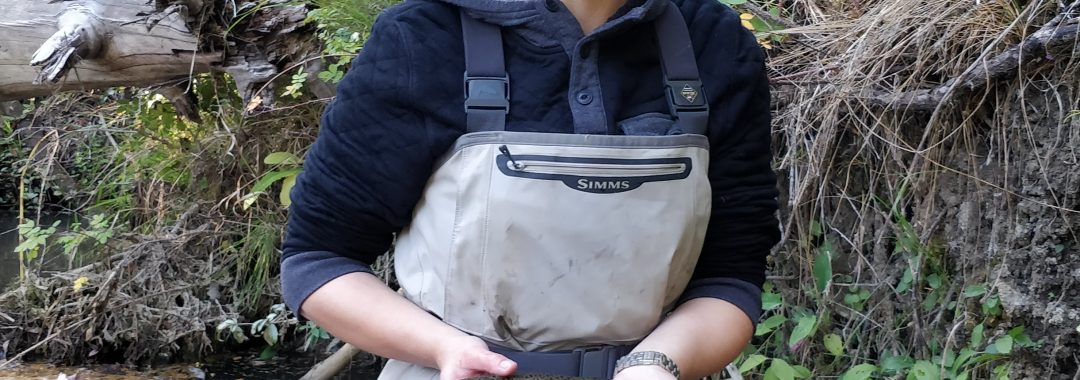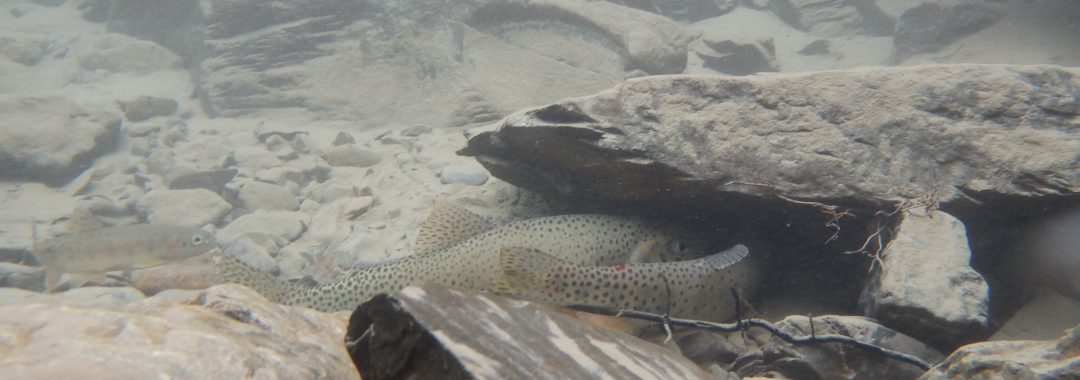Thesis Title: Assessing the station holding ability of three benthic fishes exposes to flow augmentation: implications for species at risk.
Author: Taylor (Macs) MacLeod
Abstract
Flow augmentation forces Plains Sucker in the Milk River to adopt more efficient station holding mechanisms, which must be energetically costly as they are not maintained year-round. The station holding ability of Milk River Plains Sucker was measured using a Brett-style swim tunnel respirometer, and the results were compared to other catostomid species in the Milk River and to Plains Sucker caught in water bodies that remain unmodified year-round. Milk River Plains Sucker maintained a significantly higher estimated marginal mean failure velocity (p < 0.0001) during augmentation (June-July) compared to natural flows (September-October). Catostomids in Milk River exhibited varying degrees of response; from no change in response to augmentation (Longnose Sucker, p = 0.5) to a significant shift (Plains Sucker and White Sucker p =
0.0001). Plains Sucker from unmodified water bodies demonstrated at most a minor change in performance between sampling periods (Battle Creek, p = 0.041; Caton Creek p = 0.068). The substantial energetic input into station holding may result in life history trade-offs impacting the populations’ continued existence in this part of its native range.



